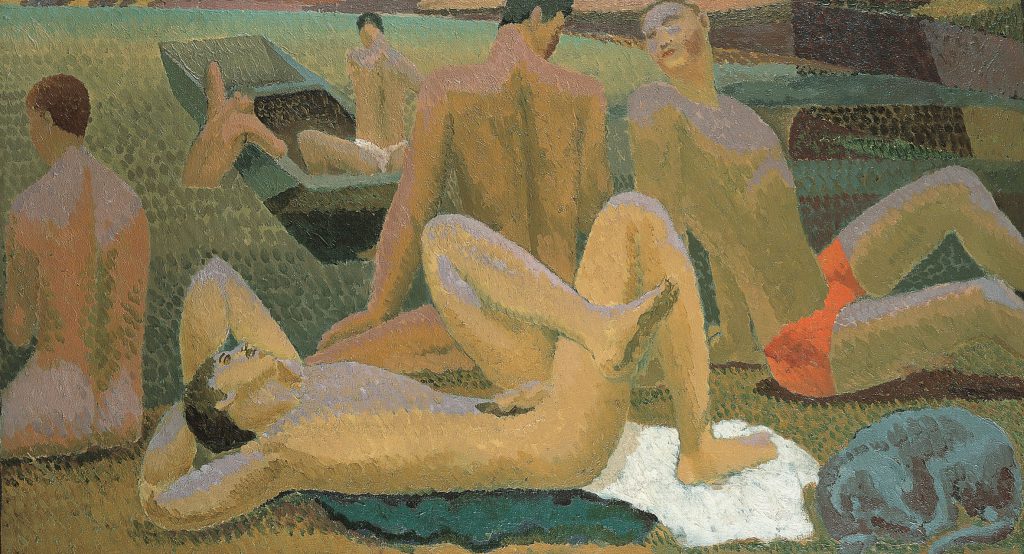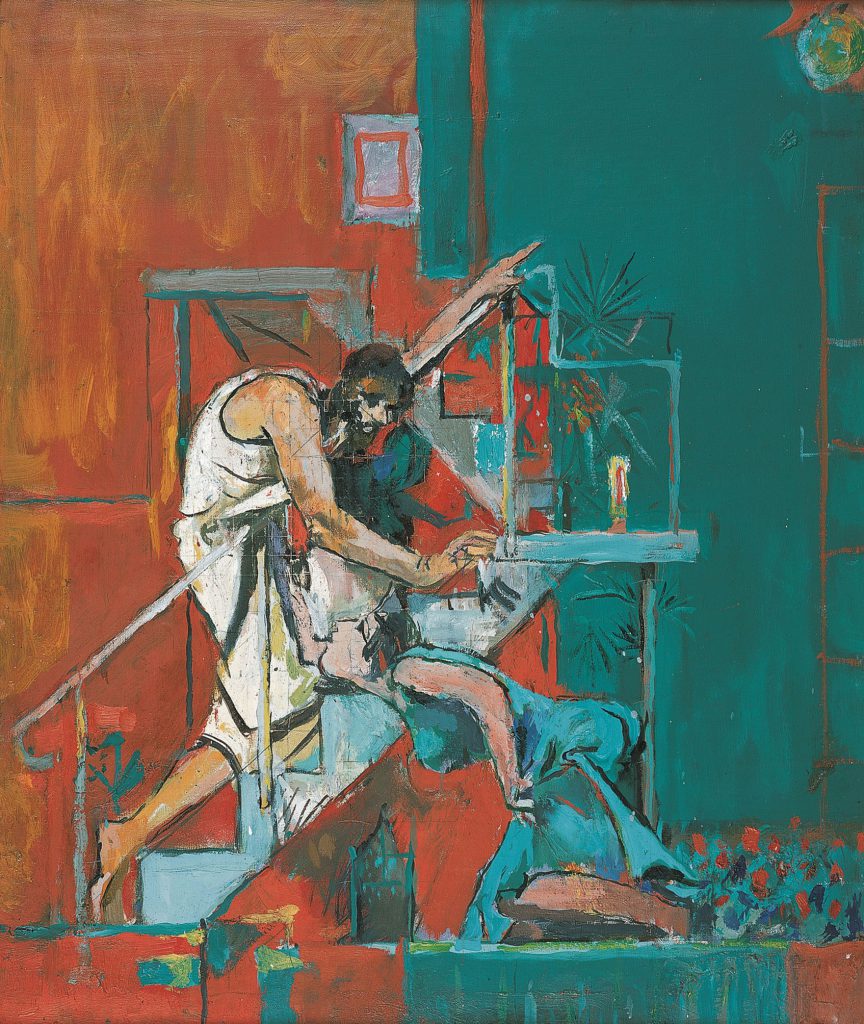
Readers of this column will know that for many years now I have been promoting and telling the story of Sussex as a centre for art and artist, especially in the the 20th century. So I am excited by the exhibition ‘Sussex Modernism: Retreat and Rebellion’ being shown at Two Temple Place, London WC2R 3BD. This exhibition gives voice to how Sussex found herself at the heart of the Modern British Art Movement and the relationships and events which brought artists to Sussex.
This ambitious show is the work and inspiration of Dr Hope Wolf, of Sussex University who has brought together works from the collections of many of our county’s most famous museums and art galleries including Pallant House Gallery, The Ditchling Museum of Art and Craft, Towner, Jerwood and the homes of artists and patrons like Charleston, Farleys Farm and West Dean.
For more than a thousand years Sussex has drawn artists to her rolling Downland landscape and exciting coastline. Artists such as J M W Turner and John Constable, William Blake and Samuel Palmer were all inspired by, and worked in, Sussex. The 20th Century saw a revival of this ancient tradition with many of the leading Modern British artists living and working in the county.
Familiarity and the passage of years has dulled our sense of how shocking much of this art was to its contemporary audiences in the early 20th century. The contrasting context of the Neo-Gothic architecture and panelled rooms of Two Temple Place helps us to rediscover the impact of this important moment in British Art.
The first room gathers you with the work of the Sussex born artist, Eric Gill. In 1907 Gill moved to Ditchling in Sussex. Together with a group of fellow artists he founded and worked within the Guild of St Joseph and St Dominic at Ditchling. These artists lived in community with their wives, children, associates and apprentices. They upheld the principles of the artisan artist in the Arts and Crafts tradition.

Duncan Grant’s Post-Impressionist ‘Bathers by the Pond’ celebrates the male body and pacifism. It is one of the works illustrating the influence of Bloomsbury and Charleston House in the show.
Many people are surprised to learn that Salvadore Dali worked in Sussex for Edward James at West Dean and that Picasso stayed with his great friend Roland Penrose at Farleys Farm. A joyful Mae West lips sofa, designed by Dali, is on display, one of a number of works illustrating Surrealism in Sussex.

The influence of church patrons like The Revd. Walter Hussey, then Dean of Chichester Cathedral, is also explored. Pieces from his personal collection, now curated by Pallant House, unite the exhibition with the art of Chichester Cathedral and provides one of the best examples of Graham Sutherland’s work, ‘Christ Appearing to Mary Magdalene, Noli Me Tangere’, and a charming view of the Cathedral by John Piper whose Neo-Romantic architectural studies unite him with the British watercolour tradition.
The narrative of this exhibition is particularly strong placing the artists and their work in the contexts of their relationships, the times they lived in and Sussex. Dr Hope Wolf acknowledges that there is more to be said but this excellent and timely exhibition should be celebrated. She is deserving of our thanks, as are the Bulldog Trust whose patronage has made this show possible.
‘Sussex Modernism: Retreat and Rebellion’ runs until 23rd April 2017 at Two Temple Place, London, WC2R 3BD and admission is free. For more information go to www.twotempleplace.org.
By Rupert Toovey, a senior director of Toovey’s, the leading fine art auction house in West Sussex, based on the A24 at Washington. Originally published in the West Sussex Gazette.